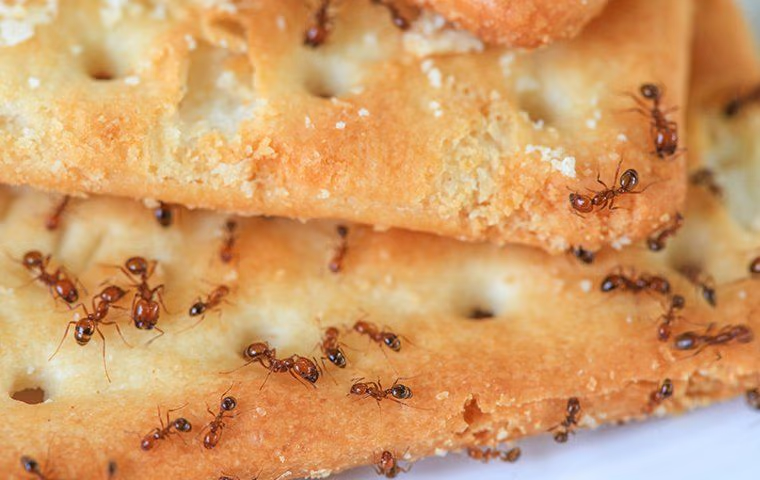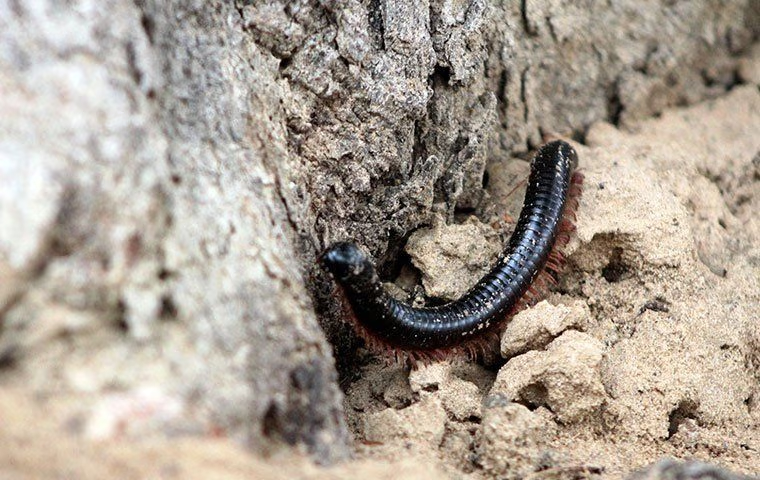Bigheaded ants, Pheidole megacephala, are one of the most invasive ant species in Florida and capable of displacing other ant species such as red imported fire ants and white-footed ants. Luckily bigheaded ants do not sting unless they are disturbed, nor do they cause structural damage. Bigheaded ants are dimorphic. The workers (minors) and the soldiers (majors) are different in size. About 1% of the population of this species are soldiers and are easily distinguishable by their large size head as compared to the workers. Hence the common name bigheaded ants.
Bigheaded ants nest in the soil and create underground colonies that extend beyond property lines. Colonies have many fertile queens, each capable of laying almost 300 eggs a month. Their nests have multiple entrances and are commonly seen at the base of tree trunks, under pavers, flowerpots, along cracks in driveways and sidewalks, under rain gutters, and along foundations.
Once bigheaded ants get inside a home, you will notice loose piles of sand along the baseboards. These ants expand their underground colony by pushing sand out from under the slab. When bigheaded ants get out of control, foraging ants will be in the kitchen, bathrooms, and around doors and windows, plus piles of sand. Bigheaded ants are omnivorous, so they feed on dead insects and honeydew.
Customers that have a large infestation of bigheaded ants will also notice daddy long leg spiders. Ants are a food source for spiders. If you find small foraging ants that are around 2 mm in length, along with daddy long leg spiders inside your house, you probably have an infestation of bigheaded ants. We are the experts in the eradication of ants from Fort Lauderdale to Boca Raton. We will not rest until we eliminate all ants from your home. With GOTBUGSIKILL… “We Kill. You Chill.”

